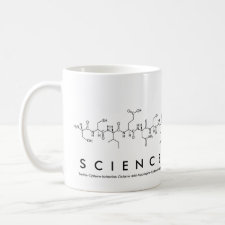
Authors: Chen YB, Kele M, Quinones I, Sellergren B, Guiochon G
Article Title: Influence of the pH on the behavior of an imprinted polymeric stationary phase - supporting evidence for a binding site model.
Publication date: 2001
Journal: Journal of Chromatography A
Volume: 927
Issue: (1-2)
Page numbers: 1-17.
DOI: 10.1016/S0021-9673(01)01019-6
Abstract: The equilibrium isotherms of the two enantiomers of phenylalanine anilide (PA) were measured by conventional frontal analysis at three different pH on a thermally-treated imprinted stationary phase selective for the L enantiomer. The first of these pH (buffer pH=3.0, pH(app)=4.0) is well below the apparent pK(a) (6.4) of the two solutes, the second (buffer pH=5.8, pH(app)=7.0) slightly below this pK(a), and the third (buffer pH=7.0, pH(app)=8.3) well above it. The experimental data were fitted to several isotherm models. The best estimates of the parameters of these models are reported and discussed. The corresponding isotherms are compared with the experimental ones. The contributions of the enantioselective and nonselective interactions could be separated. The results obtained show that the saturation capacity is always smaller for D-PA than for L-PA, the template. The analytical separation is best at pH=3.0 because of a good separation factor (2.82) and short retention times. A good compromise between the resolution and the saturation capacity is obtained at pH=5.8, for which the best preparative separation is found. Both analytical and preparative results are poor at pH=7.0 because the separation factor is low (1.32). At this pH, the isotherm remains nearly linear in the whole concentration range accessible to measurements. The number of nonselective sites increases with increasing mobile phase pH slightly faster than the number of selective sites, suggesting different pK(a) ranges for the two type of sites. Moreover, the binding energy and the homogeneity of the selective sites decreases with increasing pH. These results agree with a binding site model involving more than one carboxylic acid group, providing charge complementarity and hydrogen bond donors for binding Of L-PA. (C) 2001 Elsevier Science B.V. All rights reserved



Join the Society for Molecular Imprinting

New items RSS feed
Sign-up for e-mail updates:
Choose between receiving an occasional newsletter or more frequent e-mail alerts.
Click here to go to the sign-up page.
Is your name elemental or peptidic? Enter your name and find out by clicking either of the buttons below!
Other products you may like:
 MIPdatabase
MIPdatabase









